
For several months now I have been working as a Digitisation Operator at our studio in the main University library, and that time has flown by. A large part of my job is to take care of orders that come into the Cultural Heritage Digitisation Service (CHDS), which will often be requests from academics or researchers who require a digital copy of something from our collection. This means that I get to see a fantastic cross-section of what we have here, on a daily basis. This will usually be books, pamphlets, letters – any paper-based object that can sit safely on the scanner, and where the digitised copy doesn’t need to be publication-quality as this would be done on the high-quality cameras at a higher charge.
A recent favourite of mine was a set of letters and ephemera relating to a doomed Arctic expedition that set off from the west coast of Canada in June 1913, led by Canadian anthropologist Vilhjalmur Stefansson, and captained by American explorer Robert Bartlett. This was to be the last voyage of the Canadian ship, the Karluk.
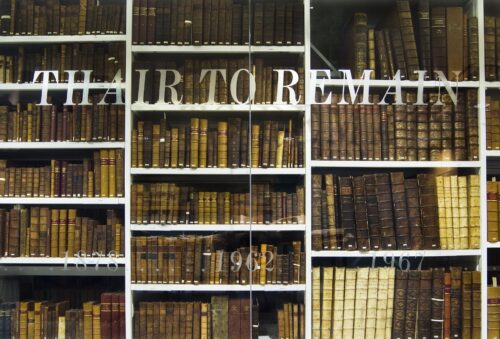
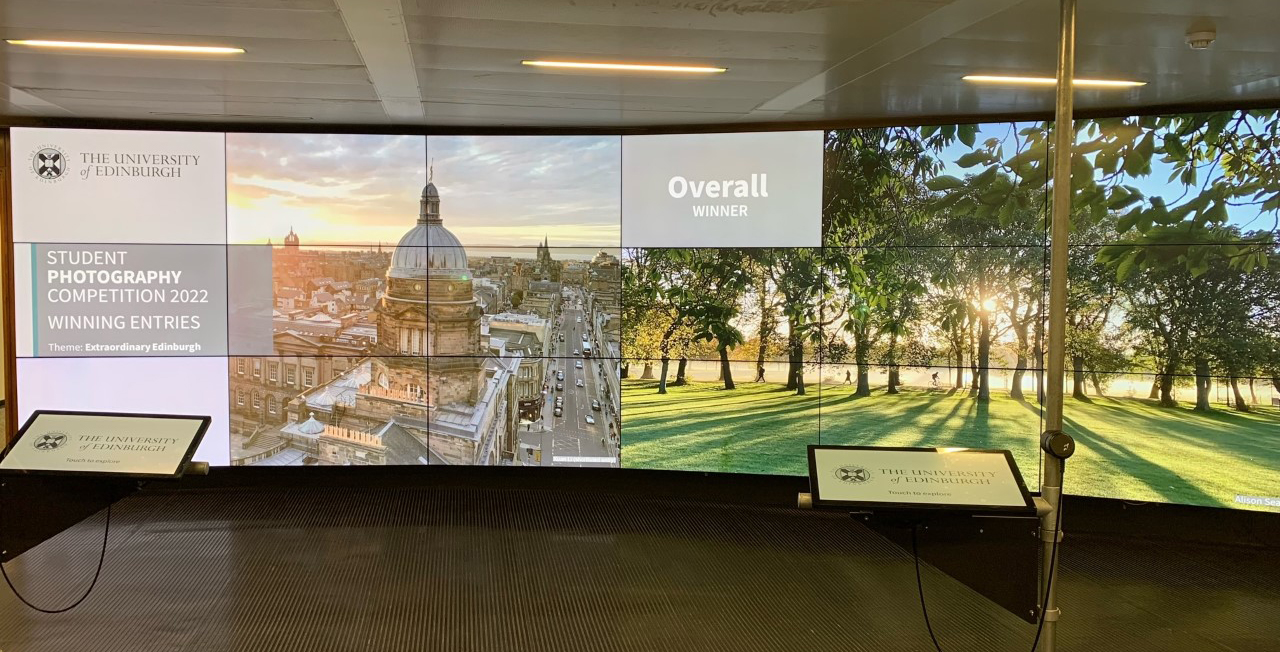
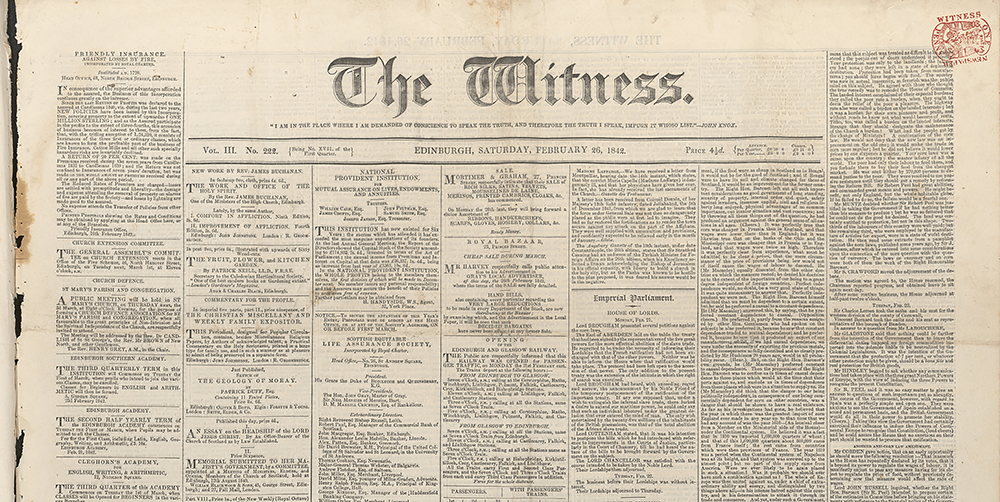


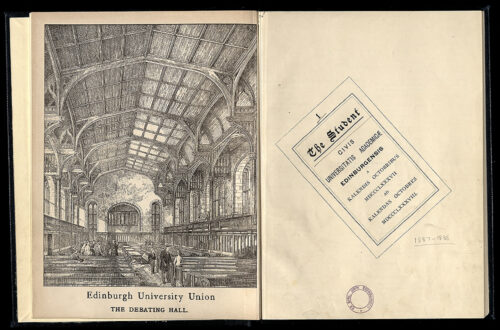
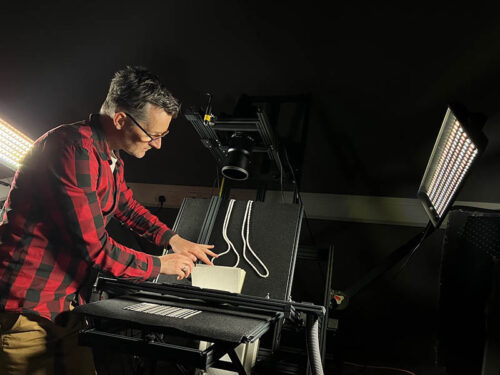

 For the past eleven weeks I’ve had the opportunity to intern with the Digital Imaging Unit, working on a project to evaluate the potential of establishing a 3D digitisation service within the department. “3D digitisation” in this sense encompasses everything from the initial production of digital models – using suitable items from across the University Collections – to online display, preservation of 3D data, and 3D printing. The project was roughly organised into three phases: research, testing, and implementation.
For the past eleven weeks I’ve had the opportunity to intern with the Digital Imaging Unit, working on a project to evaluate the potential of establishing a 3D digitisation service within the department. “3D digitisation” in this sense encompasses everything from the initial production of digital models – using suitable items from across the University Collections – to online display, preservation of 3D data, and 3D printing. The project was roughly organised into three phases: research, testing, and implementation. 